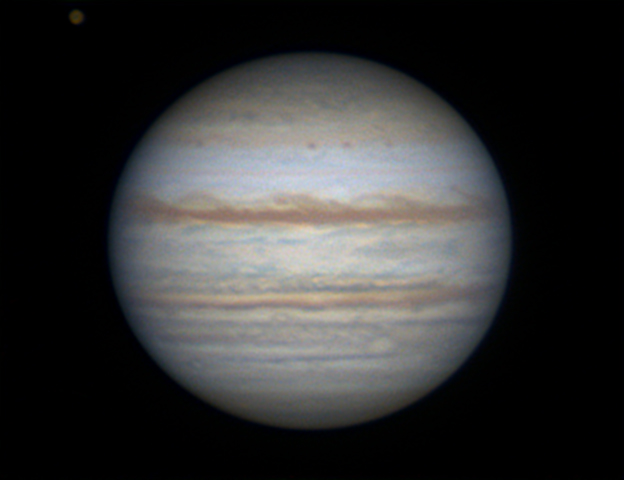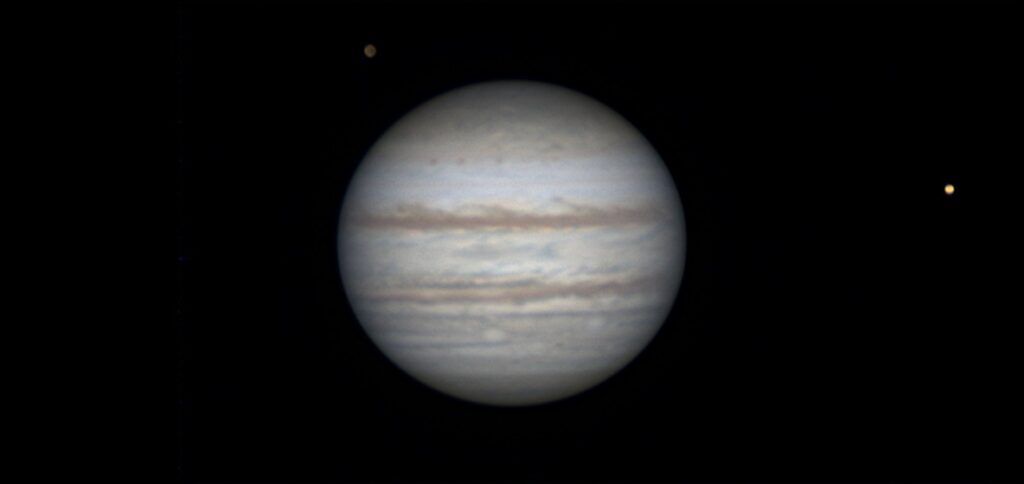Here is the summary video from the latest images I acquired in late 2022. Jupiter was much higher this year at near 49 degrees peak. It will be even higher in 2023. In South West PA this makes for better “lucky imaging” in an otherwise difficult region.






I also had a brief chance to test the ASI678MC camera (not in the video). I found that the resultant images on nearly the same time were not as good as the ASI224MC, so i’ve opted to stick with the ASI224MC for the EdgeHD 11″.
These two examples may not fully show it, but overall the 224 won the war for me. I tried to keep the wavelets similar to get a baseline.


I used the AstroPhysics Advanced Barlow, which had firecap reporting around F20 for Jupiter, even though the backfocus length to sensor was greater than their 90mm, i forget exactly maybe 115mm or so, but likely due to mirror shift.
Generally speaking I would use lower gain on clearer nights and higher gain on other nights to try to increase the amount of frames gathered. 180sec should be the gold standard but that also depends, for instance maybe 60 sec to check focus and do another 60sec after changing focus, or shorter animations.
Overall 2022 was a pretty solid year for images. The other best images I gathered are in the Solar System Gallery and in the YouTube video.


